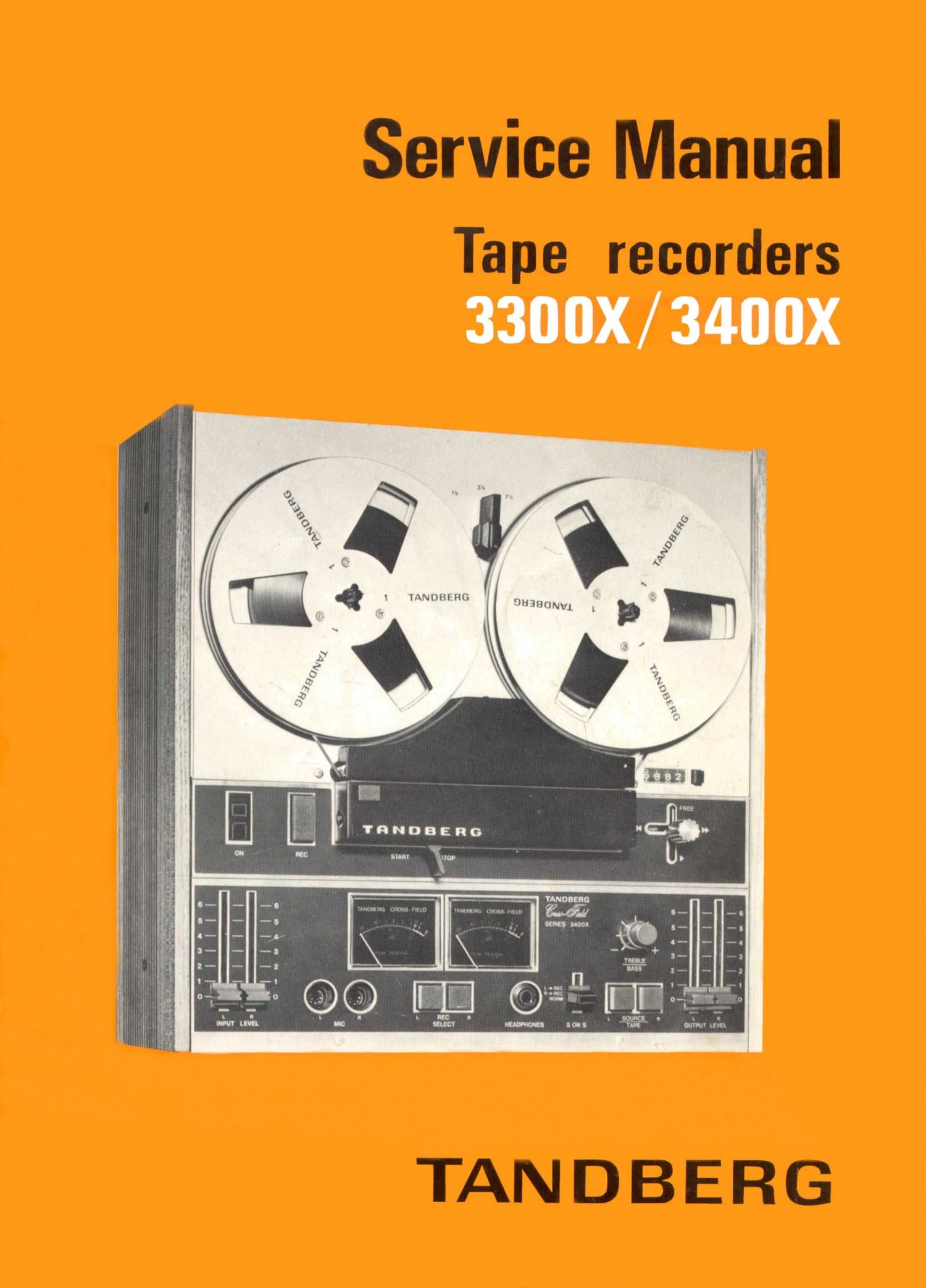Tandberg 3300 X Schematic 3
This is the 30 pages manual for Tandberg 3300 X Schematic 3.
Read or download the pdf for free. If you want to contribute, please upload pdfs to audioservicemanuals.wetransfer.com.
Page: 1 / 30
